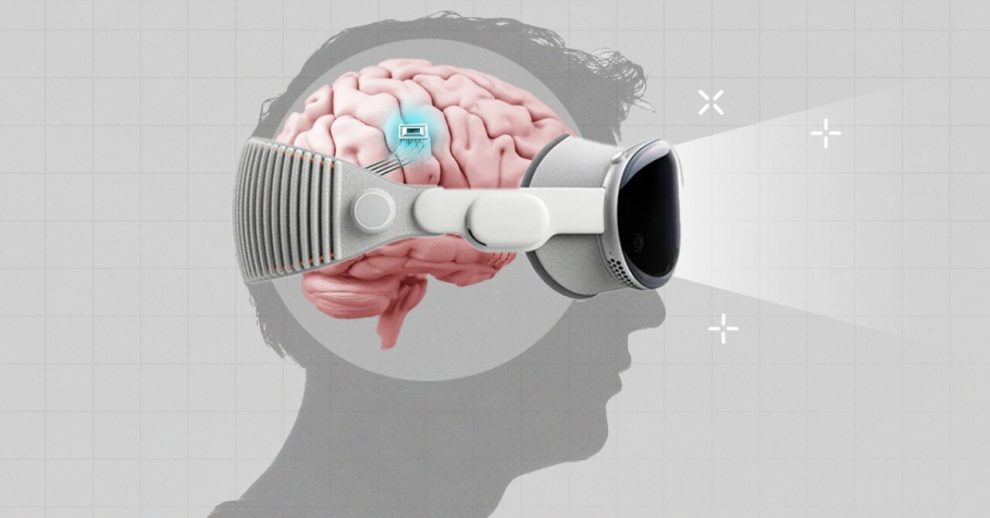How do you install the Synchron brain chip?
Unlike other companies, Synchron does not require brain surgery to insert the chip; instead, it is inserted through the patient’s jugular vein and then connected to an antenna located under the skin on the person’s chest.
In this way, a connection is established between the two elements. The antenna is responsible for collecting raw brain information and then sending all the data to external devices.
“It’s actually quite amazing,” said Mark, who received the implant in 2023 because he suffers from amyotrophic lateral sclerosis, a degenerative disease that causes a person to gradually lose control of their muscles.
This caused him to lose the function of his shoulders, arms and hands, however, he can still talk and walk short distances. The patient also meets with the company’s specialists for two hours a day, twice a week, to practice and improve his use of the technology.
The collaboration with Apple arose thanks to the different features of the Vision Pro, a Mixed Reality device that was launched earlier this year and that users usually control using eye movements, voice commands and hand gestures.
Since its launch, Synchron has been working with Apple to make it accessible to people who have lost upper body mobility, said Thomas Oxley, the company’s chief executive.
Oxley also highlights that they decided to join forces with Apple, due to the concern they have had in developing accessibility features and, therefore, they are going to develop more functions to connect their technology with other devices in the Apple ecosystem.
Synchron has become one of the most important companies in the neurotechnology sector. Although there are other companies, such as Paradromics, Precision Neuroscience or Neuralink, it has already generated important alliances with technological giants, such as Apple.
So far, the company has already deployed six of its brain-computer interfaces in the United States and four more in Australia, but these are only in testing phases because it does not have permission from the Food and Drug Administration (FDA) to sell this technology more widely.
It has also been working in collaboration with OpenAI to combine its devices with generative AI capabilities to help paralyzed patients communicate better.














Add Comment